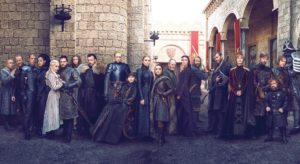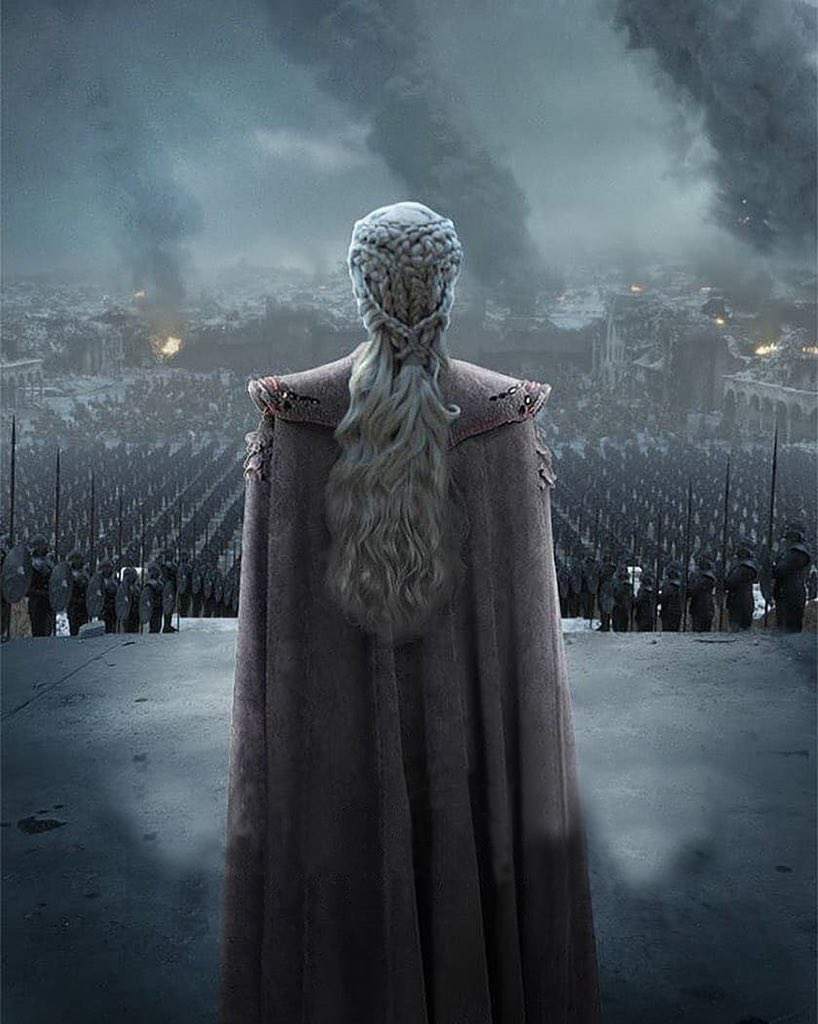Game of Thrones stayed true to its sexism, which was apparent in the first few seasons and reached its peak in the final episode, when a boy-man got the crown
Did we really believe that a woman would be made the Queen of the seven kingdoms? Yes. Did they cheat all of us when they brought in Bran Stark, who did absolutely nothing to deserve becoming King? I think they did.
A lot of the discussions since the eighth and final season of Game of Thrones (GOT) began has been about the disappointments. And alas, it ends with a whimper. Such an unexpected, even tepid season will perhaps even ruin the show’s reputation and ratings. But we must not be surprised that they didn’t come through on making a woman Queen. Instead of the unqualified three-eyed raven — the King of the six kingdoms – the consolation price was given to Sansa, with her becoming the Queen of Winterfell.
GOT, especially in its first few seasons, has been remarkably sexist. Perhaps to entice more audiences, it unnecessarily showed women bare naked, while the men always had their bits protected with clothes or cleverly shot angles. The naked women were also placed as accessories in a room. Also, the sexual violence that the three main women characters underwent was disturbingly shot and after all they suffered, two of them were killed in inconsequential death scenes.

One of them was Daenerys Targaryen, who struggled to come as far as she had. Along the way she with her three dragons – which later became two and in the eighth season were down to one – released slaves and killed tyrants, gained the Unsullied and Dothraki. Without her Army, Winterfell would have not stood a chance against the White Walkers to even wage an entire 82-minute war in the third episode. Of course, in the end who did end up killing the Night King was Arya Stark.
But despite all she had, and the apparent character she had built of being a revolutionary who would save the people, she went against it – eventually being declared as the mad queen. In a bat of an eyelid, the makers took the ambitious Daenerys and made her unreliable and crazy. How easy it is to make a woman that!
Even her death at the hands of Jon Snow, a man who 10 seconds before stabbing her looked so incredibly besotted with her, was unfathomable. Jon became the saviour when it really should have been Arya Stark – one whose skills to kill were not shown off in this season. Yes, she killed the Night King, but she didn’t kill Cersei Lannister – the woman who killed her father Eddard Stark in Season 1.
Instead, we saw Cersei die, when Daenerys and her last dragon go on a rampage at the Battle of King’s Landing, crushed under debris with her brother Jamie Lannister, whom she had an incestuous relationship with.
Cersei too was killed off by the writers in the anti-climactic scene. The woman who looked like she would go to any lengths to win the seven kingdoms, was left to watch her city burn. All of the buildup of a character looked in vain.
Even Brianne, one of the most badass characters, who didn’t fit into the bill of the beautiful slender and small women that GOT had cast, became a victim of love, crying bitterly as Jamie left her to be reunited with his sister. The woman who was knighted in the fourth episode, was in the end made to look like a weak person.
Do all women, no matter how strong they are, succumb to love and lose their strength, or like in Daenerys’ case, become mad?
The show not only snatched from the women what was theirs, but also gave the throne to the most irrelevant character.
In India we see our women politicians go through their own set of challenges. The best example of how women are perceived and what they need to do to be taken seriously is the example of J Jayalalitha. In the nascent stage of her career, she was assaulted by men. After that her rise in the politics of Tamil Nadu was astronomical. But in this too she was called a fascist for her apparent heavy handedness.
More recently, Priyanka Gandhi was trolled to no end for posting a picture of herself in jeans and a shirt. There have also been several posts of her wearing shirts which accentuate her figure – people calling this against the “Indian culture”.
Mayawati and Mamata Banerjee have both been labelled as Aunty or Sister, as if women leaders cannot be just that – a leader. They have to be revered as being a daughter, a sister, an aunt, a mother, and the list of relationships goes on.
Banerjee, more recently, was labelled a tyrant for the violence that took place in West Bengal during election campaigning. It’s fair to say that a man defending his state would perhaps not be judged as harshly.
Fiction is a mirror of truth. What society believes about women seeps into creators who may themselves be unmoved by feminism.





